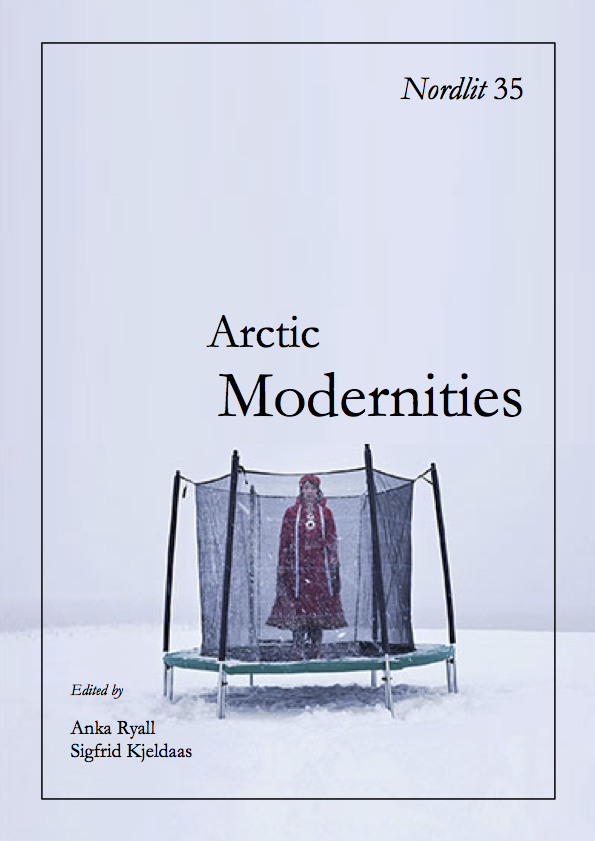Landscape and Vision in Gretel Ehrlich’s This Cold Heaven: Seven Seasons in Greenland
DOI:
https://doi.org/10.7557/13.3436Keywords:
Greenland, Arctic landscape, geography, vision, the subject, embodied affinitiesAbstract
Depicting the narrator’s repeated travels to the northwestern coast of Greenland, Gretel Ehrlich’s This Cold Heaven aims to portray the landscapes of Greenland in a way that frees them from the constraints of the visual ideology associated with Western culture’s idea of landscape. This, however, is no easy task in a natural environment dominated by wide and grand views that seem to invite the detached observer’s ordering vision. This article shows how Ehrlich’s text uses Inuit narratives and ontologies that share perspectives with feminist theories on space and subjectivity in order to challenge our Western modern culture’s conceptions of vision and landscape. The narrator’s experiences of dogsled travel in landscapes determined by weather, ice and light conditions create novel sensations that display and disrupt the boundaries of the physical environment as well as of Western conception of the subject. In this manner Ehrlich’s travel narrative gradually develops away from a rationalist and objectifying form of geography towards a different and more embodied perception of landscape that acknowledges the relational and dynamic nature of Greenland’s icescapes. This rewriting of landscape implies an understanding of vision as an integral part of a bodily whole, in constant interaction – or even co-constitution – with the environment.
Downloads
Published
How to Cite
Issue
Section
License
Forfattere som publiserer i dette tidsskriftet aksepterer følgende vilkår:
- Forfattere beholder copyright og gir tidsskriftet retten til første publisering samtidig som verket lisensieres med en Creative Commons Attribution 4.0 International lisens som tillater andre å dele verket, forutsatt at verkets forfatter og første publisering i tidsskriftet erkjennes.
- Forfattere kan inngå separate, ikke-eksklusive avtaler om annen distribusjon av tidsskriftets publiserte utgave av verket (f.eks. egenarkivering i et vitenarkiv eller publisering i en bok), så lenge førstepubliseringen i tidsskriftet erkjennes.
- Forfattere tillates og oppmuntres til å gjøre verket tilgjengelig på nettet (f.eks. i et vitenarkiv eller på andre nettsider) før og under innlevering, da dette kan lede til nyttige menings- og kunnskapsutvekslinger og til tidligere og mer sitering av det publiserte verket. (Se The Effect of Open Access).









